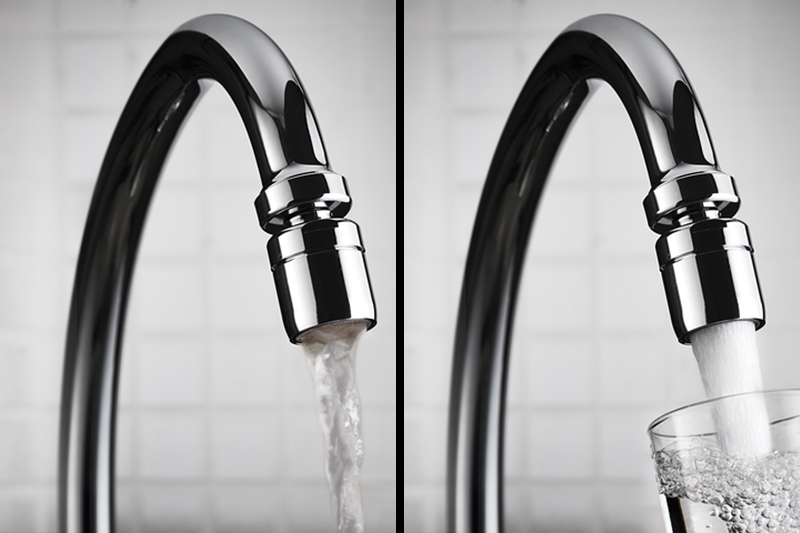
Salamander Pumps explores some of the myths around boosting mains water.
Poor water pressure and flow affects many households up and down the country. This problem isn’t just an issue for homeowners – it can be a sticking point for installers too.
For homeowners, low water pressure means poor shower performance or slow-filling baths. However, for installers, it can mean that they don’t have the necessary flow rates to install the product they had planned.
Boosting the flow and pressure from a home’s incoming mains supply can be a fairly straightforward solution to these problems – however there remain a few common misconceptions around boosting main water.
Salamander Pumps looks at some of the more commonly held myths.
1 You can’t boost mains water
There’s a general misconception across the industry that a pump cannot be installed on the incoming mains water supply pipe. However, this is not the case.
The Water Supply (Water Fittings) Regulations 1999 state that a pump or booster can be connected to the mains water supply, provided that it does not draw more than 12 litres per minute (l/min). However, as many households experience a flow much lower than this, they can actually boost their incoming mains water up to this limit.
Inline pumps, such as Salamander Pump’s HomeBoost or CombiBoost, can be installed either after the stop tap or just before a combi boiler, to increase a home’s water pressure and flow to up to 12l/min, but crucially, never above.
2 You can’t boost mains water beyond 12l/min
For larger homes with greater water demand, this 12l/min limit may not be sufficient to run multiple showers and outlets simultaneously.
Thankfully, there is a solution. Accumulator tanks can provide flow rates far greater than 12l/min – even up to 36l/min per tank, whilst still conforming to the regulations. An accumulator tank stores water, which when an outlet is opened adds additional water to the natural mains water flow without the need to draw from the mains. Pumped models will only boost the incoming mains water flow up to 12l/min. Therefore, accumulators offer an excellent, water regulations compliant solution to boosting mains water.
Salamander’s range of accumulator tanks, AccuBoost, consists of nine different models, ranging from 60 litres to 450 litres, to provide a solution to boosting mains water when higher flow rates are required, over and above what the mains water is currently supplying.
3 Accumulator tanks are hard to specify
Mains boosting has often been a complex problem for homeowners, however Salamander Pumps’ MainsBooster range aims to simplify this process, through an easy-to-use product selector tool on the company’s website.
When specifying a tank, there are a few key factors to consider:
- Pumped or unpumped? Accumulator tanks are available either as pumped and unpumped models. You should install a pumped tank if the home’s water pressure is less than 2.0 bar, the water flow is less than 12l/min, or the highest outlet is on the second floor or higher.
- Combi boiler or unvented? All options are suitable for a combi boiler. However a home with an unvented system requires a minimum of 300 or 450 litres capacity.
- How many outlets do you want to run at once? To specify which size tank a home needs, you need to calculate the flow rate per minute of the outlets that will run at any one time. You should then choose the tank size which will provide this flow rate for a minimum of nine minutes (the average length of a shower). Below is a rough rule of thumb of what pumped tanks can offer:
- 60L tank – up to 14l/min
- 120L tank – up to 16l/min
- 180L tank – up to 18l/min
- 300L tank – up to 30l/min
- 450L tank – up to 36l/min












